Although the Highlands plateau was created 300 million years ago on the crest of the world's oldest mountains, the village of Highlands in Macon County, North Carolina, was founded in 1875 by Samuel Kelsey and Clinton C. Hutchinson, two developers living in Kansas. They created a health and summer resort at more than 4,000 feet on the highest crest of the western North Carolina plateau in the Southern Appalachian Mountains.
Since its founding, the demographic mixture of Highlands has been remarkably unique. Settled by hardy pioneers from across the nation, sober industrious tradesmen from the North, Scotch-Irish laborers and craftsmen from the surrounding mountains and valleys, and wealthy aristocratic planters and professionals from the South, the town has served as a cultural center for well-known artists, musicians, actors, authors, photographers, scholars, and scientists who have thrived in its natural setting.
The result has been a town too cosmopolitan to be provincial, too broadly based to be singular in attitude and perspective, too enamored of its natural surroundings to be totally indifferent to them, and just isolated enough and small enough to be anxious about the benefits and setbacks of growth and development.
2021 Photos
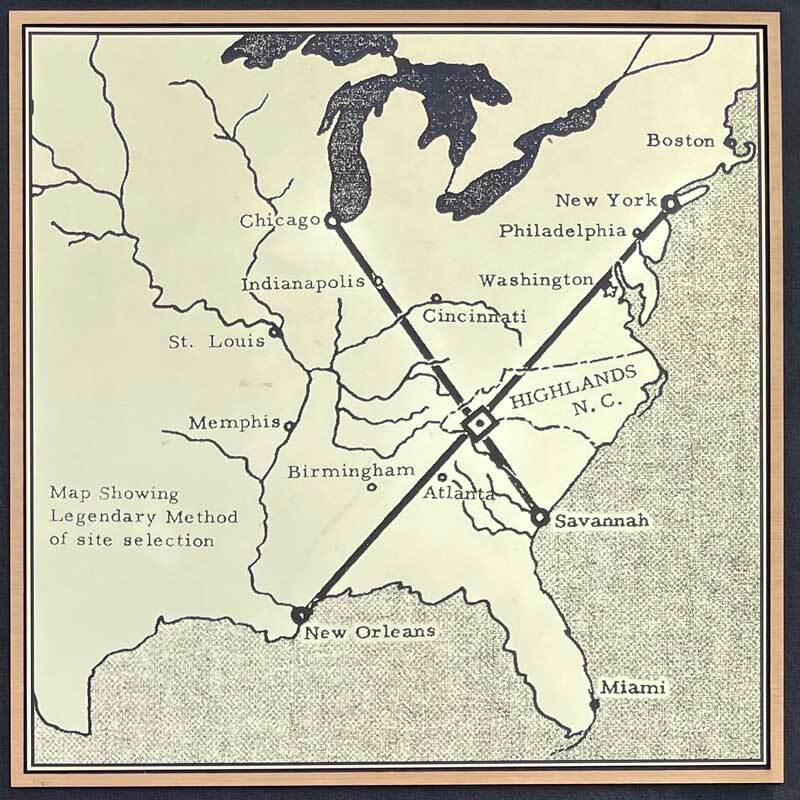
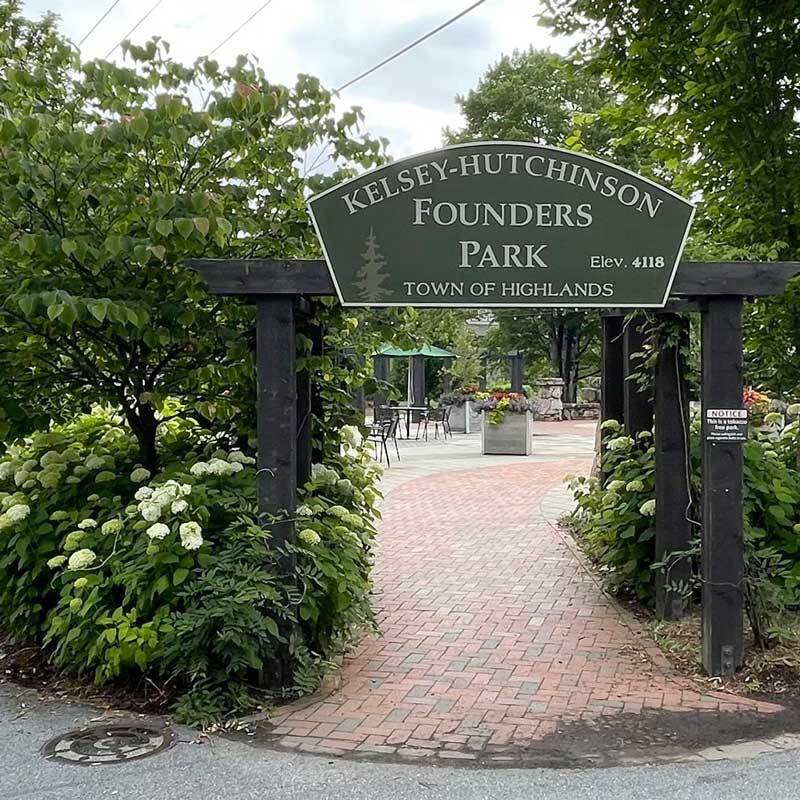
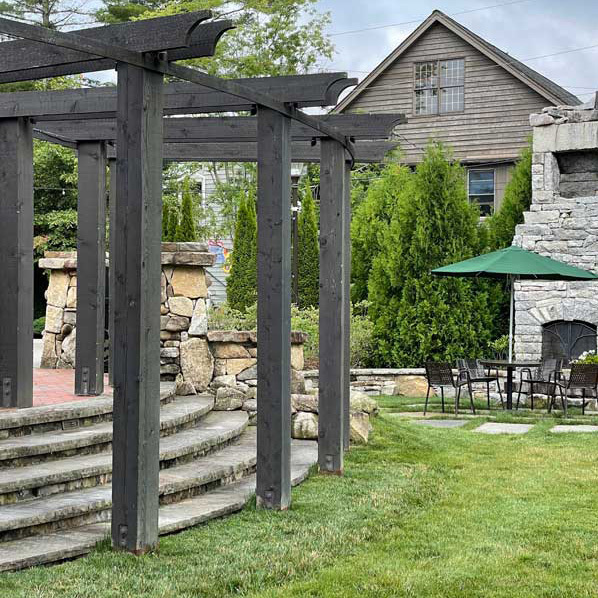

Links to the History of Highlands in Local Publications
Galax News 1952-71
Highlands School Annuals 1941, 1960-64
Franklin Press and Highlands Maconian 1924-42
Only Known Surviving Copy of Franklin Press 1936 1924-42
A Brief History of Highlands (a 4-minute history) by Ran Shaffner
by the Society of North Carolina Historians with its Society Award.
For the article, see 2002 Society Award.
by the Society of North Carolina Historians with its highest award.
For the article, see 2019 Historian of the Year Award.
Founding of the Highlands Historical Society
On June 22, 1979, a small group of Highlands residents began to meet because they shared a concern for the history of the town. The area was changing rapidly and historic structures were disappearing. These concerned citizens formed the Highlands Historical Preservation Society, Inc., a non-profit organization, intent on performing a survey of historic structures in Highlands. When an inventory of 173 homes was completed in 1981, the Society fell into inactivity.
On April 7, 1999, a small group of similarly concerned residents formed the Highlands Historical Society, Inc., a reactivation of the former Society with its mission expanded to promote all of Highlands history. By 2000 the new society had appropriately bought for its home the oldest house still standing in Highlands, known today on the National Register as the Elizabeth Wright Prince House. In 2002 the organization was honored by the North Carolina Society of Historians for its progress over three short years—from when it had no building to call its own, no funds in the treasury, and no archives to speak of—to what it stands for today: an active society intent on preserving and promoting the heritage of Highlands.
Creation of the Historic Village
The Highlands Historical Society's Historic Village is located at 524 N. 4th Street in Highlands, North Carolina. It is composed of (1) the Prince House, (2) the Highlands Historical Museum and Archives, and (3) the Highlands Sanatorium Tent or Bug Hill Cottage.
Prince House
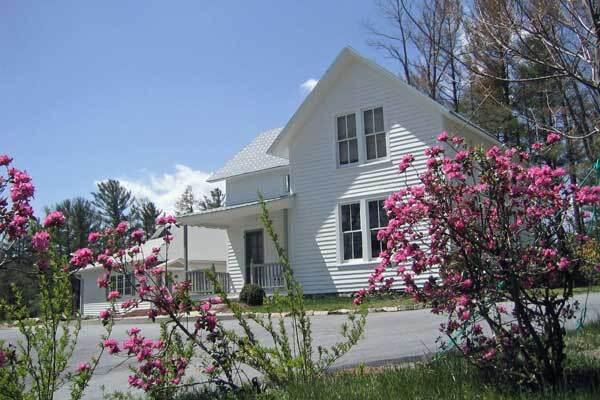
The Elizabeth Wright Prince House is the oldest existing house in Highlands, built in 1877 by millwright Arthur House, and serves as a living history museum. It was placed on the National Register of Historic Places on April 17, 2017.
Museum & Archives
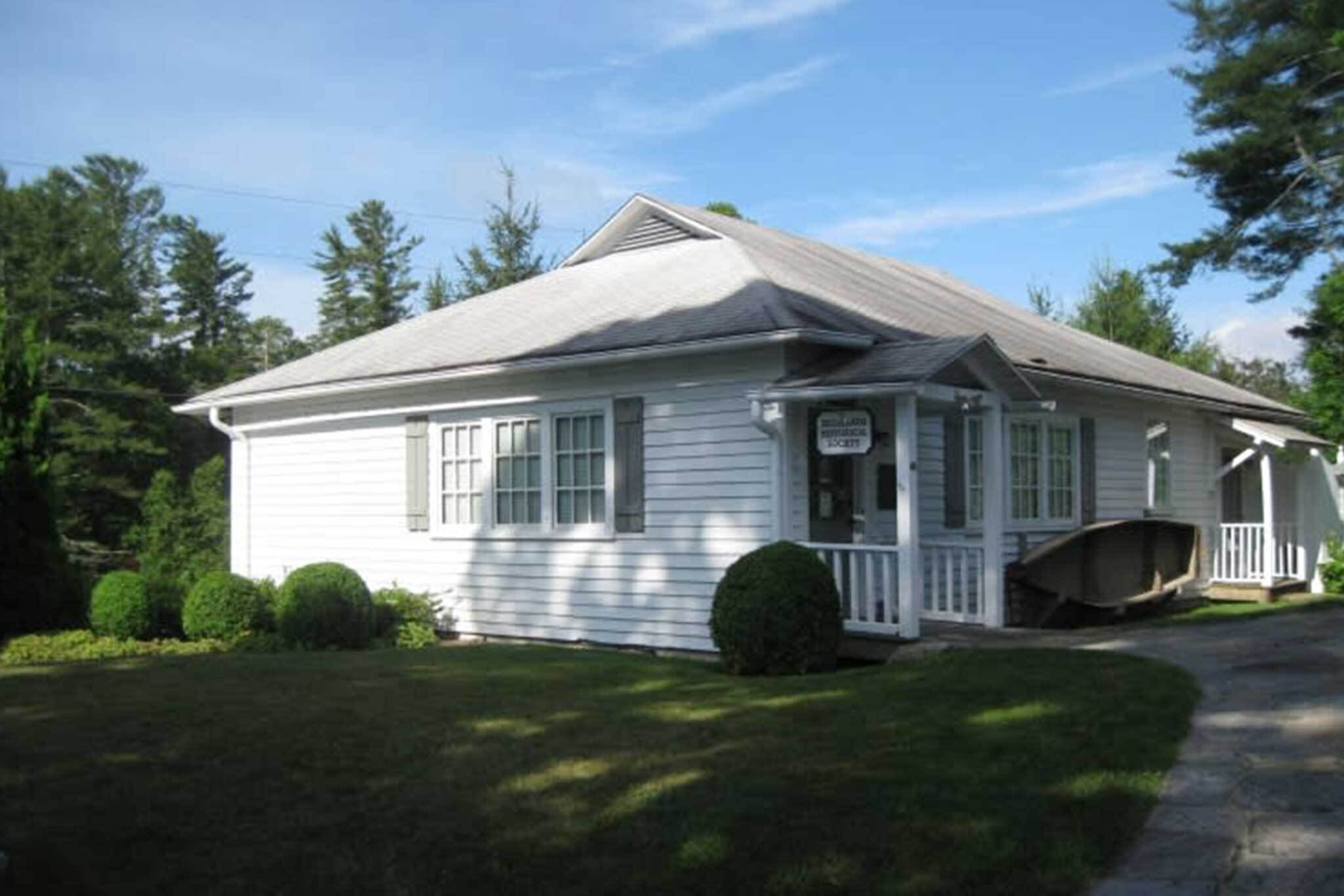
The Highlands Historical Museum and Archives was originally constructed in 1915 on Main Street to house the Hudson Library, one of the oldest libraries in the State, and was moved in 2002 to the south side of the Village to serve the community as a state-of-the-art museum and archives.
Bug Hill Cottage
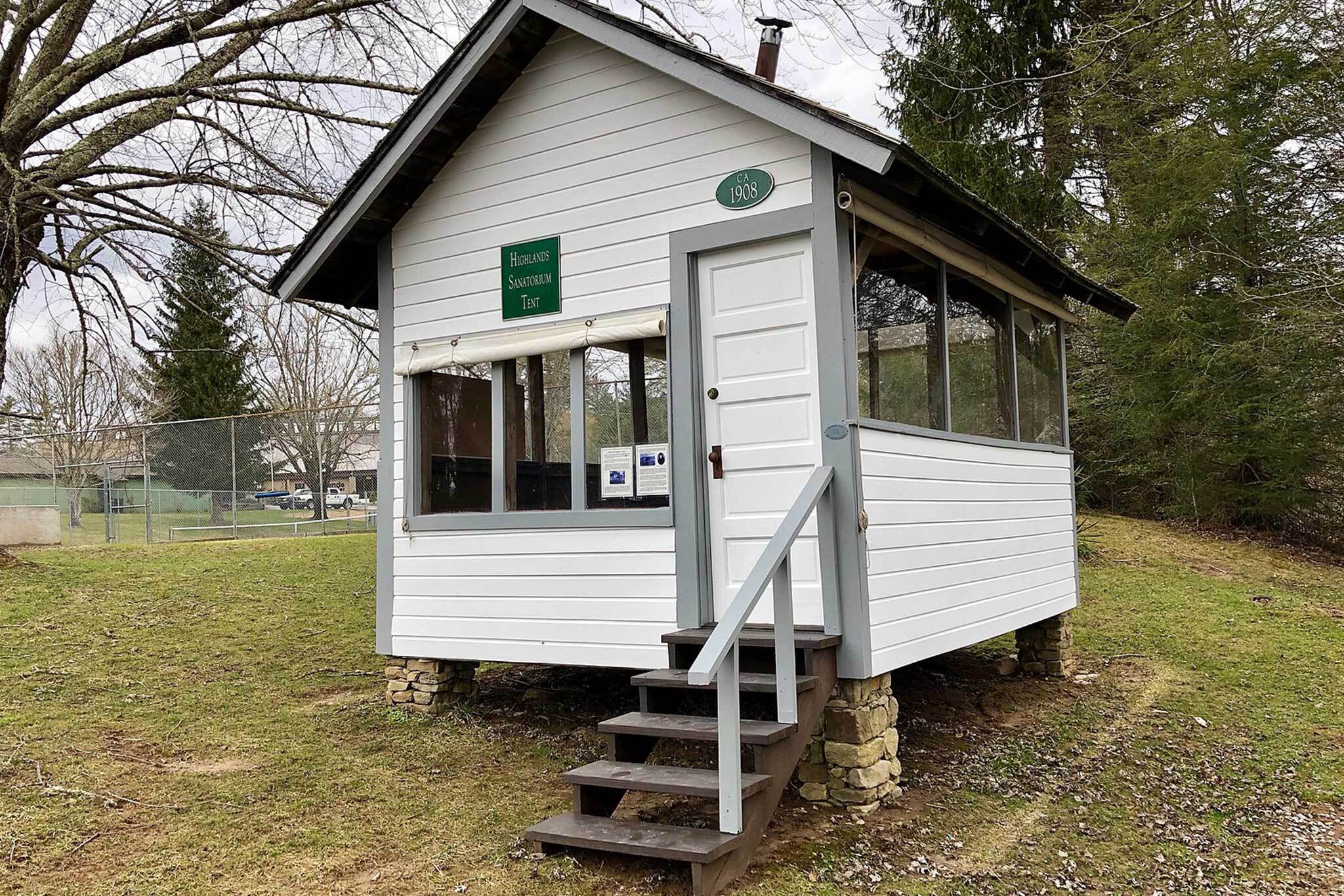
The Highlands Sanatorium Tent was one of 60 open-air cubicles built in 1908 at today's Recreation Park for patients under the care of Dr. Mary E. Lapham, whose TB sanatorium was one of the first in North Carolina.
Although moved to Chestnut Street when the sanatorium ("Bug Hill") burned in 1918, it was returned to its original site in 2006 to memorialize Dr. Lapham's role as a devoted savior of many Highlanders from the most virulent and dreaded disease of early twentieth-century America.
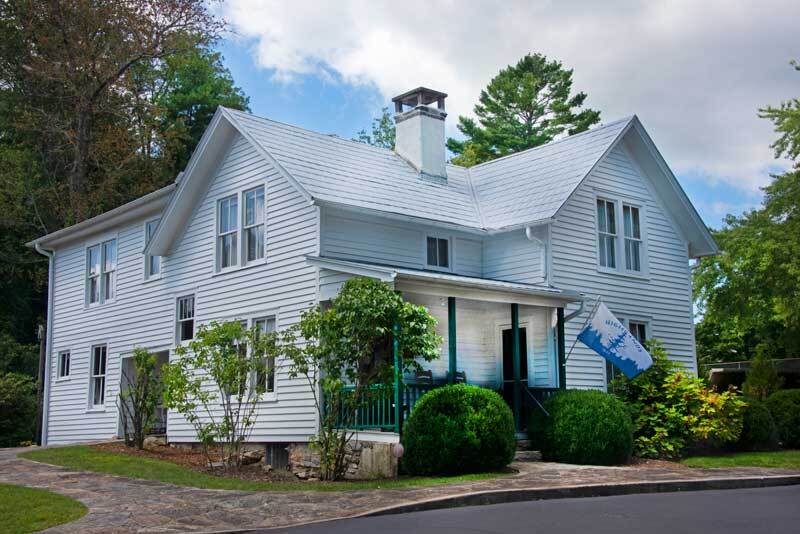
Highlands Historical Society
The mission of the Highlands Historical Society is to preserve and promote the rich heritage of Highlands for present and future generations.
The Highlands Historical Society's Historic Village is located at 524 N. 4th Street in Highlands, North Carolina. It is composed of the Prince House, the Highlands Historical Museum and Archives, and the Highlands Sanatorium Tent or Bug Hill Cottage.
Historical Village & Museum Hours:
May 22 - Nov. 23, 2025
Thursday - Saturday: 10:00 AM - 4:00 PM
Sunday: 1:00-4:00 PM
(828) 787-1050
524 N. 4th Street
PO Box 670
Highlands, NC 28741-0670
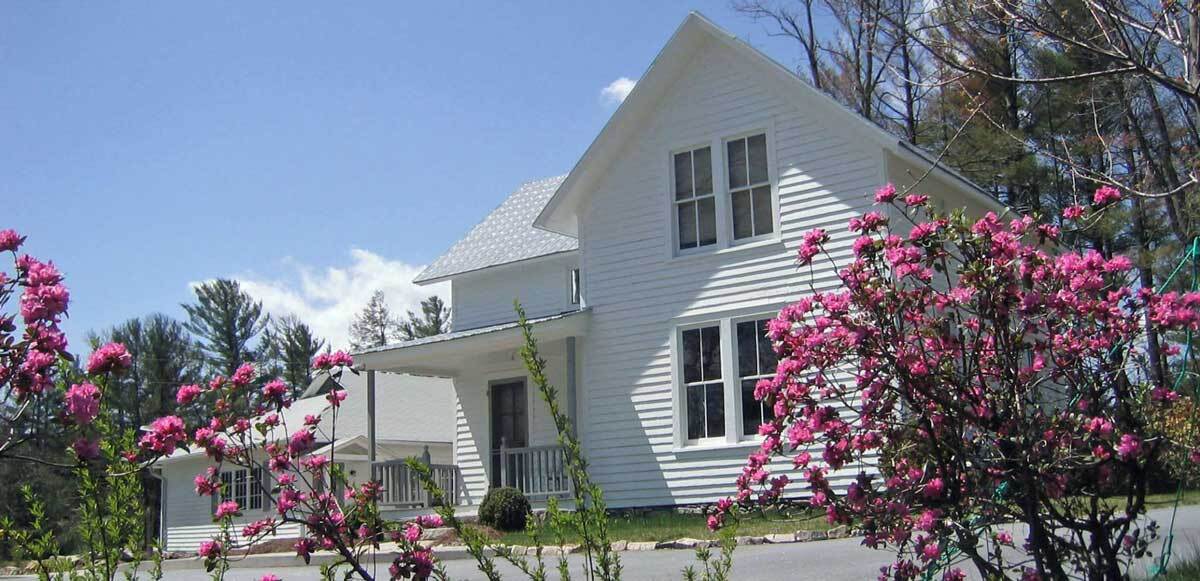
The Elizabeth Wright Prince House, commonly known as “the Prince House,” was built in 1877 by millwright Arthur House and serves as a living history museum. Photo by Ran Shaffner.
The Highlands Historical Society is a (501)(C)(3) organization.
Contact Us
